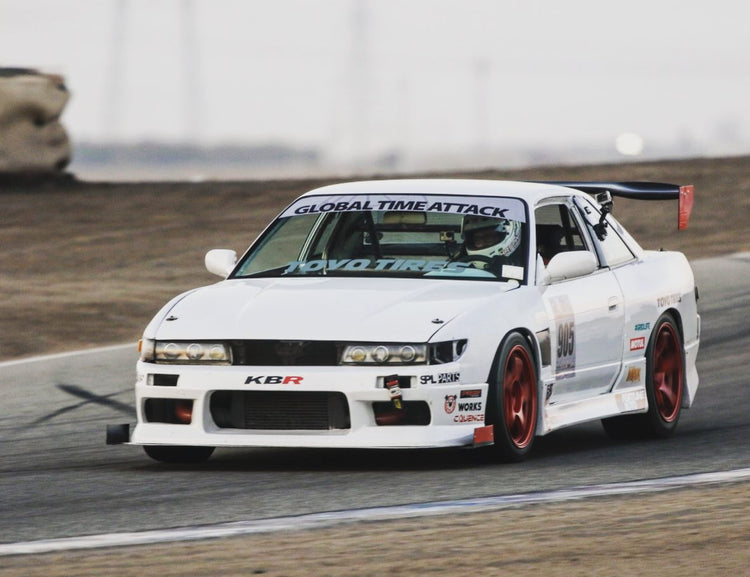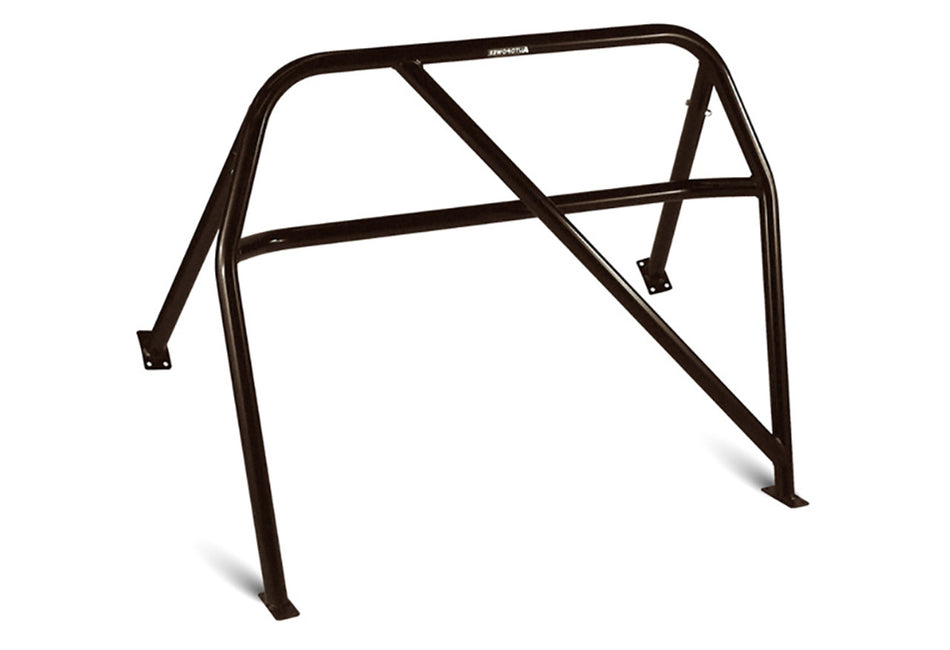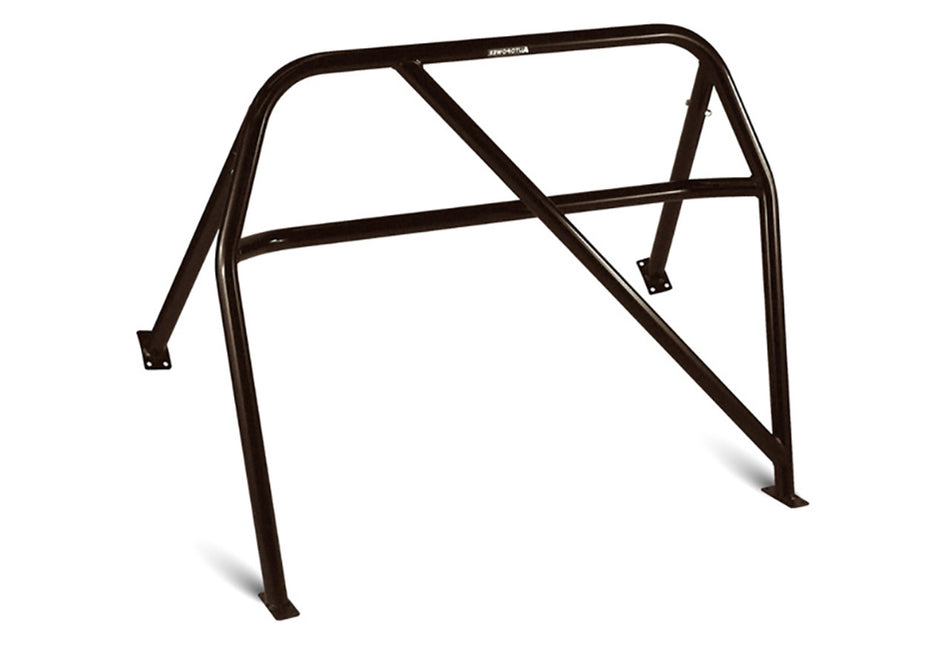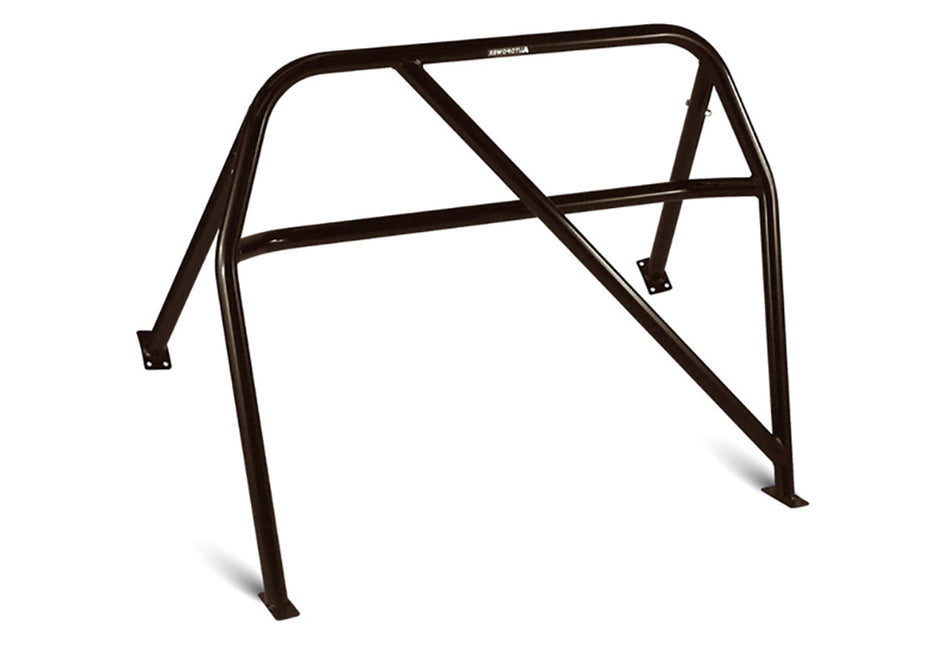About Roll Cage
- Purpose: A roll cage is a critical safety component installed in a vehicle to protect occupants in the event of a rollover or severe impact. It provides structural integrity and minimizes the risk of the vehicle collapsing in on itself during a crash.
- Material: Roll cages are typically constructed from high-strength steel or aluminum tubing, chosen for their ability to absorb and distribute impact forces effectively.
- Design: Roll cages come in various designs, including full cages that encircle the vehicle's interior and partial cages that cover specific areas. The design is often customized to suit the type of vehicle and its intended use, such as off-roading or racing.
- Attachment Points: Roll cages are securely anchored to the vehicle's frame or chassis to ensure maximum strength and stability. They are engineered to withstand intense forces without compromising the vehicle's structural integrity.
- Additional Features: Some roll cages include extra features like crossbars, diagonal braces, and padding for added safety and driver comfort. Additionally, they can be coated or treated for corrosion resistance.
Roll Bar:
- Purpose: A roll bar is a safety component primarily designed to protect the occupants of a vehicle during a rollover or in the event of a crash. Unlike a roll cage, a roll bar typically protects the occupants' upper body and head.
- Material: Roll bars are also made from high-strength steel or aluminum tubing, chosen for their capacity to absorb and disperse impact energy.
- Design: Roll bars are generally a simpler structure compared to roll cages. They are typically installed behind the driver and passenger seats, forming a protective barrier that can prevent the roof from collapsing during a rollover.
- Attachment Points: Roll bars are securely anchored to the vehicle's frame or chassis. Some may attach to the rear or side of the vehicle for added protection.
- Variations: Roll bars can come in various configurations, including bolt-in, weld-in, or clamp-on designs. They can be tailored to suit specific vehicle models and applications, such as racing, off-roading, or daily driving.
- Legal Requirements: Depending on your location and the type of vehicle, there may be legal requirements for roll bars, especially in motorsports and off-road activities. It's crucial to ensure compliance with safety regulations when installing a roll bar.
In summary, both roll cages and roll bars play a vital role in enhancing the safety of vehicles, with roll cages offering more extensive protection and roll bars focusing on upper-body safety during accidents. The choice between the two depends on the intended use of the vehicle and the specific safety requirements.














